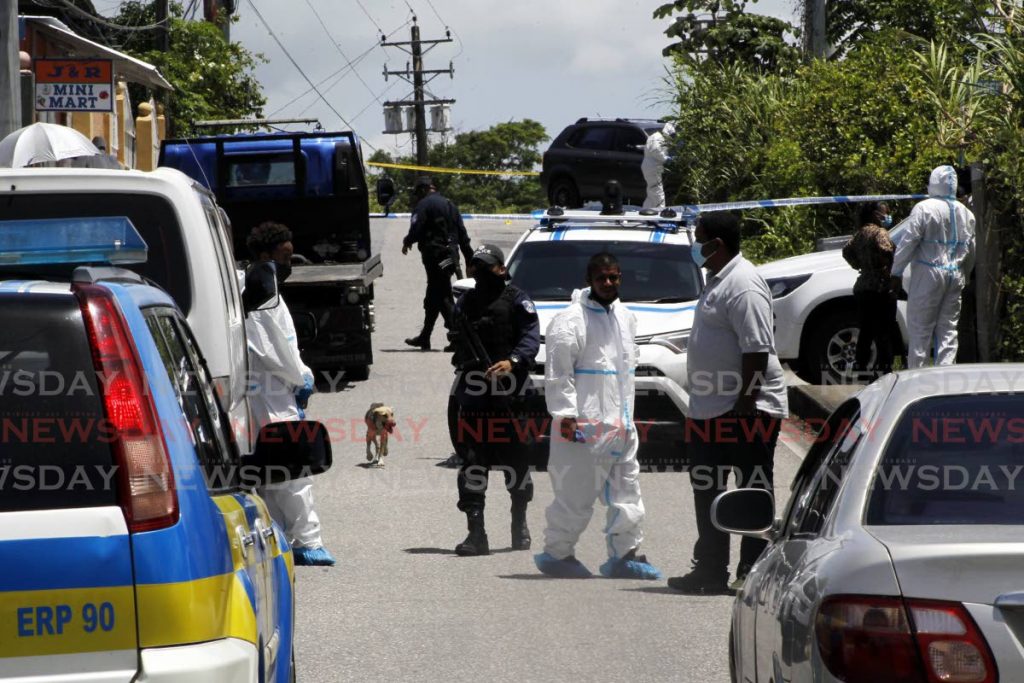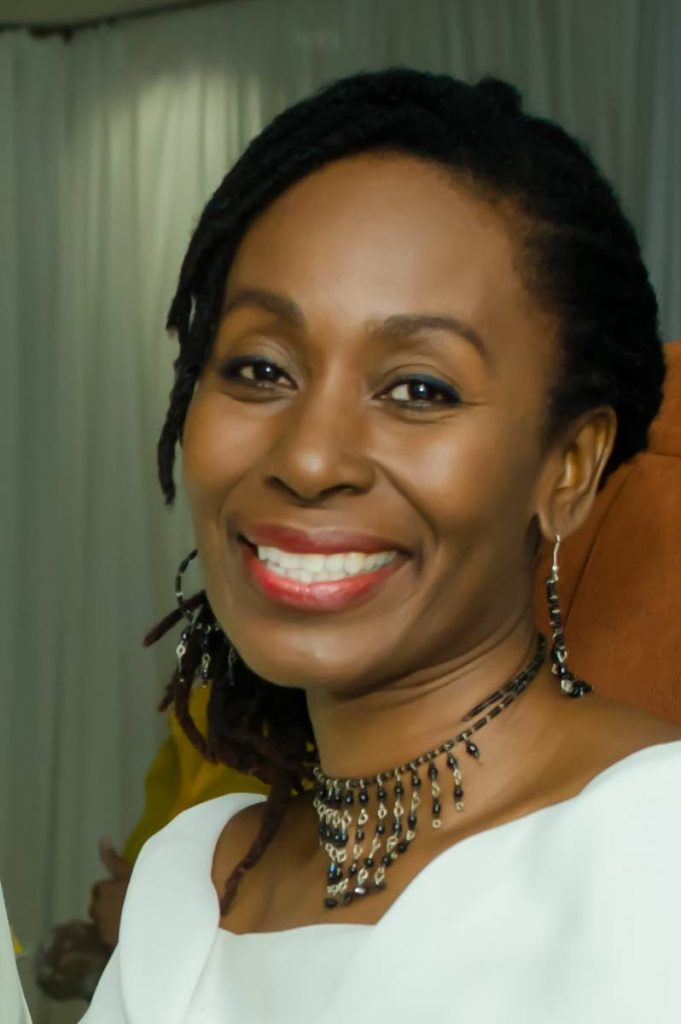The painful rhythm of gun violence

“In place of each gun, there’s now a tree. I was intrigued by the transmutation of the material. It’s like a physical transformation of the metal, turning an agent of death into an agent of life.”
– Pedro Reyes creator of Palas por Pistolas, Shovels for Guns
OVER time, I am getting better at identifying the guns. Not in the sense of the type, so this one is a Glock 27 semi-automatic or that one is an AK47 assault rifle. As gun violence increases in my neighbourhood, I can distinguish the types of attacks, whether it is random rapid-fire shot into the air, a gun battle or a single round, targeted and precise.
The rhythm of the violence is always the same. After the shots, the dogs. Barking and howling in an eerie sequence of communication that would begin in the direction of the gunfire and make its way around the neighbourhood as each animal picks up the call. Sometimes I would hear no gunfire, only the dogs.
I presume this means that a shot was fired, but of the kind which only their sensitive hearing could pick up. Then for days after the gunfire, silence. None of the usual loud talking or scandalous laughter, and not much movement within the community. Not even the favourite Jamaican-style music about sex and private parts. Groups would gather in small pockets, whispering.
Occasionally, a police vehicle would appear. Officers would casually walk around for a short time dangling huge guns, investigating, I suppose. Then, just as abruptly, the tension would ease and life would resume, leaving me to wonder when the next explosion would come.
In 2008, Mexican artist Pedro Reyes gained the support of the government to get people to hand in their guns in return for grocery vouchers. Over 1,500 guns were turned in. Reyes melted them and converted the material into shovels.
As part of his community mobilisation and education project, the shovels were used to plant exactly the number of trees as guns that were melted down.
“Every tree planting event is like a catalyst, bringing together a community that talks about the problem of weapons...the planted trees are living monuments.”
In Trinidad and Tobago, it is (conservatively) estimated there are over 8,000 illegal guns circulating in our communities. Eight thousand? Guns? To recall the famous calypso, who letting them pass? Quietly, the evil trinity of sex trafficking, drugs and guns has infiltrated our lives.
“The drug trade has spawned lucrative “guns for hire” and contract murder industries as couriers, dealers and drug barons seek to protect their turf and the traded contraband.”
As always, the artistes tried to warn us.
In the 1990s, Ras Shorty released the iconic, heartrending song Watch Out My Children about drug abuse. In another calypso, Demons in T&T, the singer focused on the impact of drugs on our youth.
“So many teenagers are being led astray/Too many of them rely on violence today/Drugs not a part of our heritage/We got to show them how to stop the violence/And overcome self-destruction.”
Today, some 80 per cent of the murders in our country are the result of gang violence and guns.
As the UWI puts it, “firearms have become the weapon of choice...”
In another project, Reyes created music boxes with parts from leading gun manufacturers, drawing attention to the lucrative international arms industry.
He points out that many of the countries profiting from weapons do not experience the violent results of their products which “...cause pain, suffering and death across the globe.”
“Woman hold her head and cry/cause her son had been shot down in the street and die/...She cried, Johnny was a good man.”
Women dressed in white long skirts and head ties move to the reggae song Johnny Was, by Bob Marley. Through dance, Astor Johnson also sought to highlight the pain in our communities caused by gun violence; he also tried to warn us.
A couple nights ago as I drifted off to sleep rapid gunfire made me sit upright. The dogs started up. Numb to the familiar rhythm of violence, I fell asleep.
What would happen if artists asked for government support to create community monuments made of melted guns? Would we be ignored?
I end by paying respects to Peter Telfer, a fellow artist who recently transitioned. His patriotism never wavered, his belief in the power of the arts always strong. We could do with such spirit and energy now, a different rhythm for the healing of our nation.
Dara E Healy is a performance artist and founder of the Indigenous Creative Arts Network – ICAN.


Comments
"The painful rhythm of gun violence"